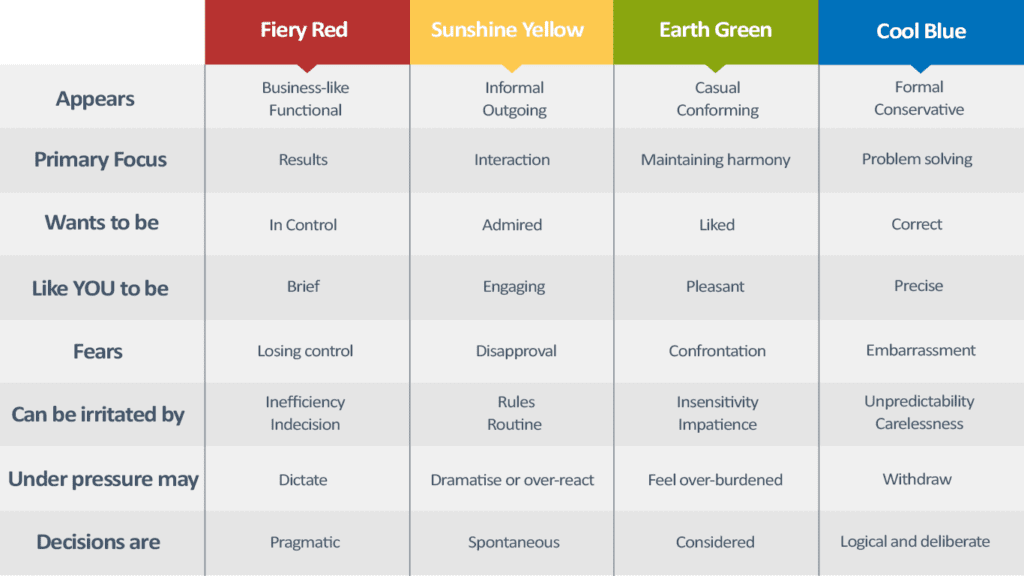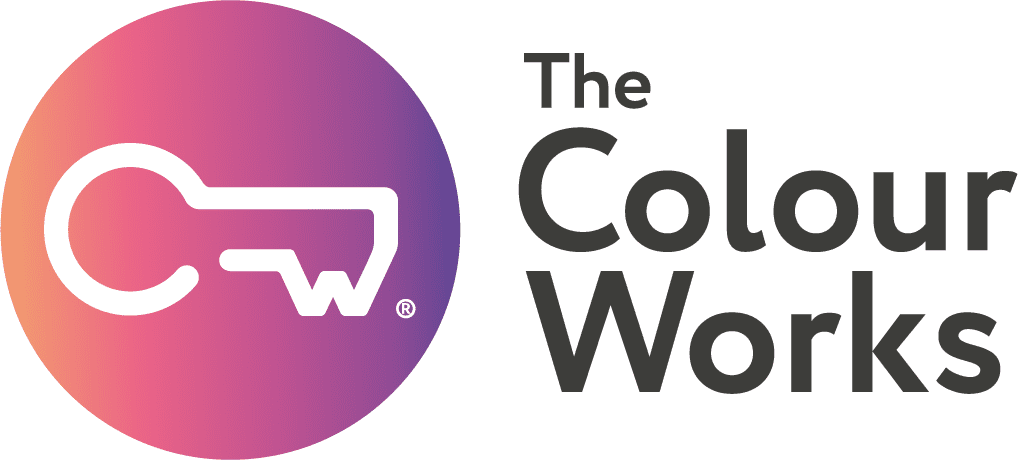Using self-awareness through recruitment and the onboarding process

According to the Society for Human Resource Management (SHRM), a bad hire can cost a company 50-60% of that individual’s annual salary. So, how can the Discovery model improve the chances of getting it right?
Further to the GDPR legislation that came into force in 2018, The Colour Works does not advocate the use of psychometric profiling in recruitment settings. Whilst it might seem a fair weapon against biases during the hiring process – providing a) greater insight into a candidate’s behavioural preferences and levels of emotional intelligence and b) a template for behavioural diversity – it can actually act as a gateway to bias with so many interviewers’ own biases manifesting through the colour model and organisations hiring ‘according to cultural fit’.
However, an interviewee and/or interviewer who has worked to increase their levels of self-awareness independently of the process itself can foster more authentic conversations in the room and better outcomes for all. Two of the main benefits of the Insights colour model are a) its accessibility – so easy to grasp and have evidenced by everyday behaviours displayed by those around you – and b) its memorability, enabling behaviour (yours and others’) to remain front of brain in our efforts to get the best out of ourselves and those we come into contact with.
Knowledge of the colour model on its own will allow an interviewer to:
- Ascertain, from body language, verbal style, written style, observation of interactions with others, etc, the candidate’s probable colour preferences
- Identify probable strengths, challenges, stressors, motivators
- Assess possible alignments and/or inconsistencies between the evidence of the person in front of them and the words/stories/examples they are using.
In short, whilst GDPR legislation does not legally allow psychometric profiling as part of the recruitment process, a model such as Insights Discovery can still be used without the profiles to improve your chances of making the right hire and, once hired, get the new employee onboarded faster and more effectively by ensuring colourful conversations within the team.
Recognising type

Check back to the basic colour energy descriptors to the right and consider how both your preferences and those of the candidates are influencing communication between you.
- The more you see someone as being like you, the faster you will build trust with them, (BUT, all individuals, no matter their colour make up, bring with them a unique behavioural skill-set, and should be valued as such – it is unfair to give more than fair rating to an applicant or employee due to their personal or professional similarity).
- Listening to others builds their trust in you, (so do far more asking and active listening than talking).
- Adapting and treating others the way they would like to be treated will improve the communication, (someone who speaks in a quiet and measured manner is unlikely to appreciate quick-fire questions).
Think about this - The Interviewer
- Email style
Remember that others’ self-awareness may not mirror your 55%of our messaging is given through non-verbal elements, and as such is near eradicated through phone calls and emails. Whilst errors and misspellings may come across as careless, perceived tone and character is quite another thing entirely and not something to base decisions on alone. - Observe the candidate waiting for their interview
Are they chatting to others? Reading notes? Quiet and reserved or working the room? Clues like these could help you assess their confidence and/or nerves, as well as how they behave under pressure, but their colour preference will inherently underpin their behaviour. - Adapt and connect
Your perception of this person’s personality, based on your experience of them, is not a measure of skill or intelligence. Your perception of them describes your version of what you see but does not define who they are. What you can influence is the way in which you are communicating with them. The table below demonstrates how different our wants and needs can be, and provides some examples of behavioural attributes that might clue you in to their preferences so that you can communicate accordingly.

- Interview environment
It’s not unknown that many people find interviews stressful, and depending on their preferences, you can change the physical environment to support them during the process. Why not ask them? Some people might prefer to be somewhere quiet and private, when others may feel more comfortable away from the office. - Feedback
Feedback is key to development, but it can be a) terrifying in the lead-up because our experience of feedback in the workplace so far has often been horrendous and/or b) hard to take in reality because the feedback-giver does not do it in an appropriate way. This links back to ‘treat others as they would like to be treated’ as well as making sure what you’re saying is actually valid. Feedback should be given with respect and for the sake of the recipient.
Think about this – The Interviewee
- Email style
An increasingly higher proportion of business is undertaken through email and telephone calls and elements of your style through such means can be unconsciously noticed by recipients; errors, for example, infer that you simply don’t care. - Observe the interviewer
As mentioned in the above section, your perception of your interviewer describes your version of what you see but does not define who they are. Try to limit judgements. It will help you to adapt to their style of communication for more meaningful conversations. Are they asking for facts and figures or do they talk in a way that is more values-centred? Do they talk at pace or do they take a minute to think before moving to the next question? - Your body language
Body language affects how others see us, but it may also change how we see ourselves. Social psychologist Amy Cuddy explores the theory that altering our body position might impact our chances for success in this fascinating TED talk. - The Interview Chapter
If you do own your own Discovery Personal Profile, check out the Interview Chapter as part of your preparation. It is designed for the interviewer, (they obviously won’t have it as mentioned in the intro), and so provides huge insight, quickly, and covers your development areas; practicing talking about these subjects should provide you with more confidence. You are also likely to feel under stress at the time of the interview. This table can help you to prepare for the event.

Conclusion
A report from the Recruitment & Employment Confederation (REC) has found that over 8 in 10 (85%) of HR decision-makers admit their organisation has made a bad hire.
Psychometric profiling is not the answer to the problem directly; its influence can foster and even excuse toxic discrimination-led behaviour. Using theories and knowledge given by a psychometric model such as Insights Discovery as a skillset, outside of the recruitment process and throughout an organisation, can encourage authentic thought and action towards the importance and benefits of a diverse culture, the vitality of trust within working relationships and, perhaps most importantly, how to understand and appreciate the value of, and communicate more effectively with, those ‘not like us’. A new recruit is an opportunity to increase the agility and strength of any team, and should be regarded as such for the success of the whole.




